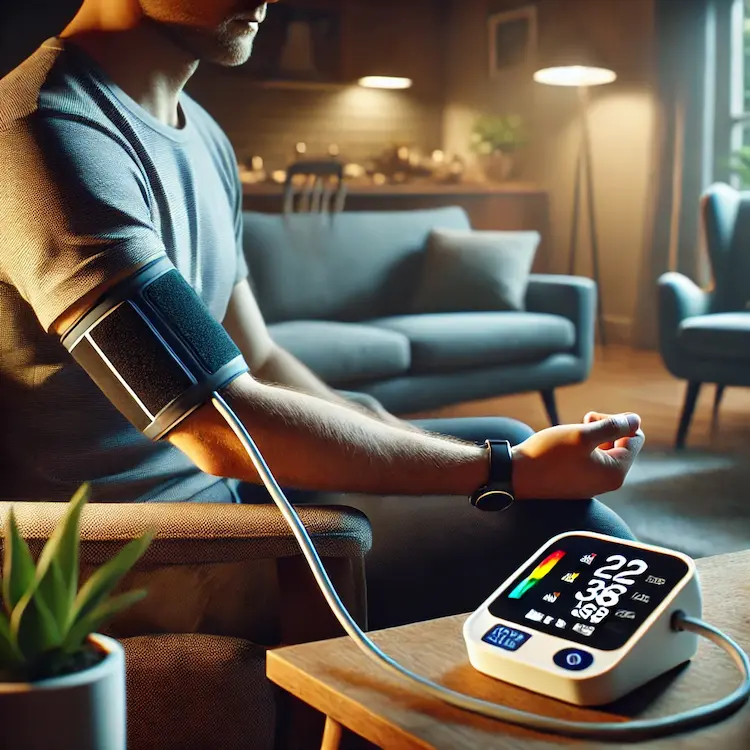Accurate readings are vital for monitoring health conditions like blood pressure. Proper arm positioning plays a critical role in obtaining reliable data. Misaligned arms or incorrect posture can lead to skewed results, potentially impacting medical decisions. This article will provide a detailed explanation of the significance of proper arm positioning, its health implications, comparisons of methods, and practical advice to ensure precision.
Accurate readings are essential for diagnosing conditions such as hypertension. Incorrect arm positioning can cause:

| Method | Accuracy | Ease of Use | Cost | Availability |
|---|---|---|---|---|
| Manual | Moderate | High | Low | Everywhere |
| Automated Devices | High | High | Medium | Limited |
| Wall-Mounted | Very High | Medium | High | Clinics Only |
Adding visual aids enhances understanding. For instance:
Proper arm positioning is a simple yet critical factor in accurate health monitoring. Key tips include ensuring the arm is at heart level, relaxed, and supported. Investing in automated devices or following manual techniques can improve results. Awareness and training can have a significant impact on personal and public health outcomes.